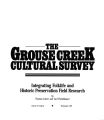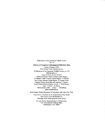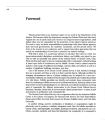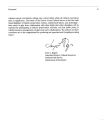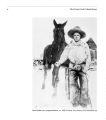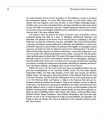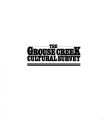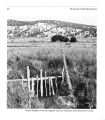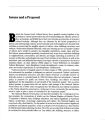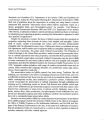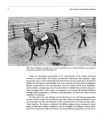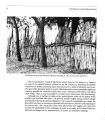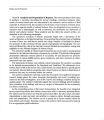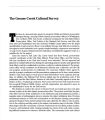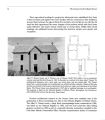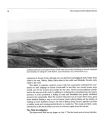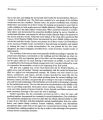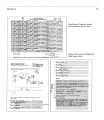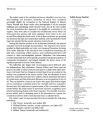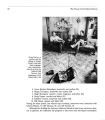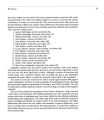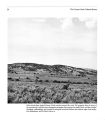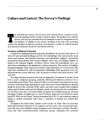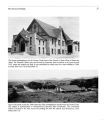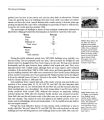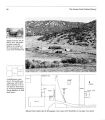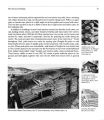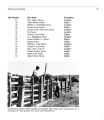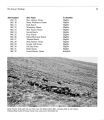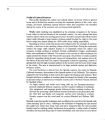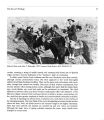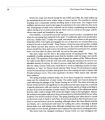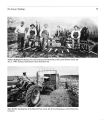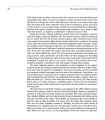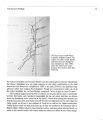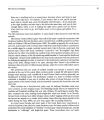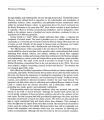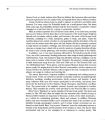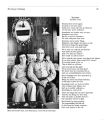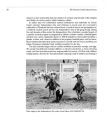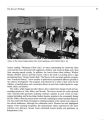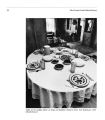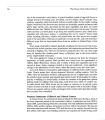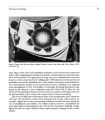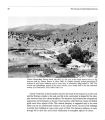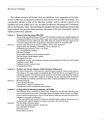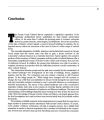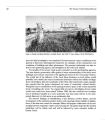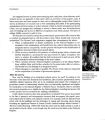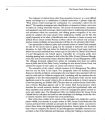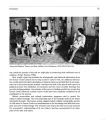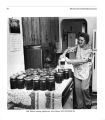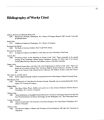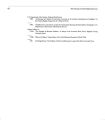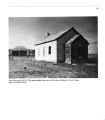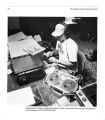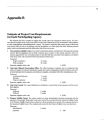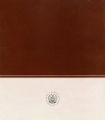| OCR Text |
Show 36 The Grouse Creek Cultural Survey Profile of Cultural Features This profile describes the culture and cultural history of Grouse Creek in general terms and is divided into sections covering the dominant spheres of life: work, community, and home. Individual cultural features-other than properties-are identified during the course of the narrative and not enumerated separately. Work. Cattle ranching was established as the principal occupation in the Grouse Creek valley by the first decade of the twentieth century. An early attempt had been made to export wheat, but ranching proved more lucrative and prevailed. Most ranches raised cattle, although a large number of sheep passed through the valley in the years before range laws passed during the 1930s made sheep raising unprofitable. Ranching in Grouse Creek has always been influenced by the example of northern Nevada, a vital force in the ranching culture of the Great Basin. During the nineteenth century the range cattle industry shaped to an important extent the culture and economy of large sections of northern Nevada, southeastern Oregon, southwestern Idaho, and northeastern California. The reasons for the success of cattle ranching in the region include the demise of the Texas beef monopoly, the presence of nearby markets along the expanding mining frontier, improved transportation, and, perhaps above all, the nature of the land itself. The region's topography is ideal for supporting a system of grazing that uses the high mountain pastures in the summer and the lower desert range in the winter. The area is characterized by its large isolated ranches and distinctive buckaroo culture. The word buckaroo is derived from the Spanish vaquero, the name for Hispanic California horsemen, descendants of the Spanish settlers of old California. The vaqueros migrated to the Great Basin to find work in the region's developing cattle industry. They brought with them a tradition of working cattle that shaped the identity of the emerging local ranch culture. In Buckaroos in Paradise: Cowboy Life in Northern Nevada, Howard W. Marshall writes: As Anglo ranches and herds were being built up, the European-American pioneers employed Mexican vaqueros, and the vaquero traditions of horsemanship, equipment, and language greatly influenced other working cowboys. By the time the open-range cattle business reached its heyday in the generation after the Civil War and family and corporate ranches were thriving in northern Nevada, vaquero was the word used for cowboy (Marshall and Ahlborn 1980: 12). Marshall notes that specific techniques such as dallying the rope (from the Spanish dale vuelta meaning "give it a turn," referring to the technique of wrapping the rope around the saddle horn rather than tying "hard and fast"); equipment like the riata (rawhide braided rope for catching cattle), hackamore (from jaquima, a halter made of braided rawhide), and macardy (long rope of twisted horsehair); and such terms as cavvy (from |





